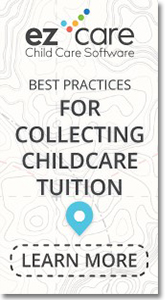Emotional Agility, Positive Behavior
Donna A. Favors
“Research shows that when teachers help preschoolers learn to manage their feelings in the classroom, those children become better problem solvers when faced with an emotional situation, and are better able to engage in learning tasks,” writes KJ Dell’Antonia in a New York Times article. “In teenagers, ‘emotional intelligence,’ or the ability to recognize and manage emotions, is associated with an increased ability to cope with stressful situations and greater self-esteem. Some research suggests that a lack of emotional intelligence can be used to predict symptoms of depression and anxiety.”
But “helping preschoolers learn to manage their feelings,” is not an easy task. In an Out of the Box Training Kit, “Hard Joys: Managing Behavior with a Creative Mind and a Playful Spirit,” Lilli-Ann Buffin writes:
“Sooner or later, every child experiences difficulty. For some, it is a fleeting moment brought on by hunger or fatigue, or difficulty sharing a prized toy. For other children, the difficult behaviors spread out into longer ‘stages’ consistent with the issues of their development. A much smaller group of children will struggle intensely with deep and powerful internal pain related to extreme life events or health/mental health disorders.
At difficult times, children need our help. With a creative mind, playful spirit, and a few tools, we can reshape these trying behaviors.” The author offers six tools that can help educators. Here is the first one:
“Teamwork! Sharing a philosophy and approach to difficult behaviors is essential to success. This includes the ability to work together to generate positive, creative solutions.”
Source: “Teaching Your Child Emotional Agility,” by KJ Dell’Antonia, New York Times, October 4, 2016
For more information about Exchange's magazine, books, and other products pertaining to ECE, go to www.ccie.com.
|
© 2005 Child Care Information Exchange - All Rights Reserved | Contact Us | Return to Site


